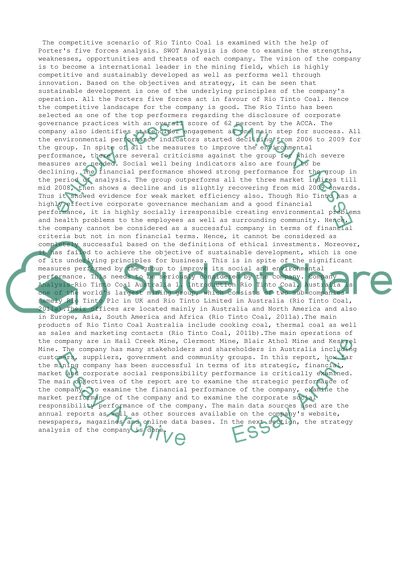Cite this document
(“Company Analysis: Rio Tinto Coal Australia Assignment”, n.d.)
Retrieved de https://studentshare.org/management/1390612-company-analysis-rio-tinto-coal-australia
Retrieved de https://studentshare.org/management/1390612-company-analysis-rio-tinto-coal-australia
(Company Analysis: Rio Tinto Coal Australia Assignment)
https://studentshare.org/management/1390612-company-analysis-rio-tinto-coal-australia.
https://studentshare.org/management/1390612-company-analysis-rio-tinto-coal-australia.
“Company Analysis: Rio Tinto Coal Australia Assignment”, n.d. https://studentshare.org/management/1390612-company-analysis-rio-tinto-coal-australia.


